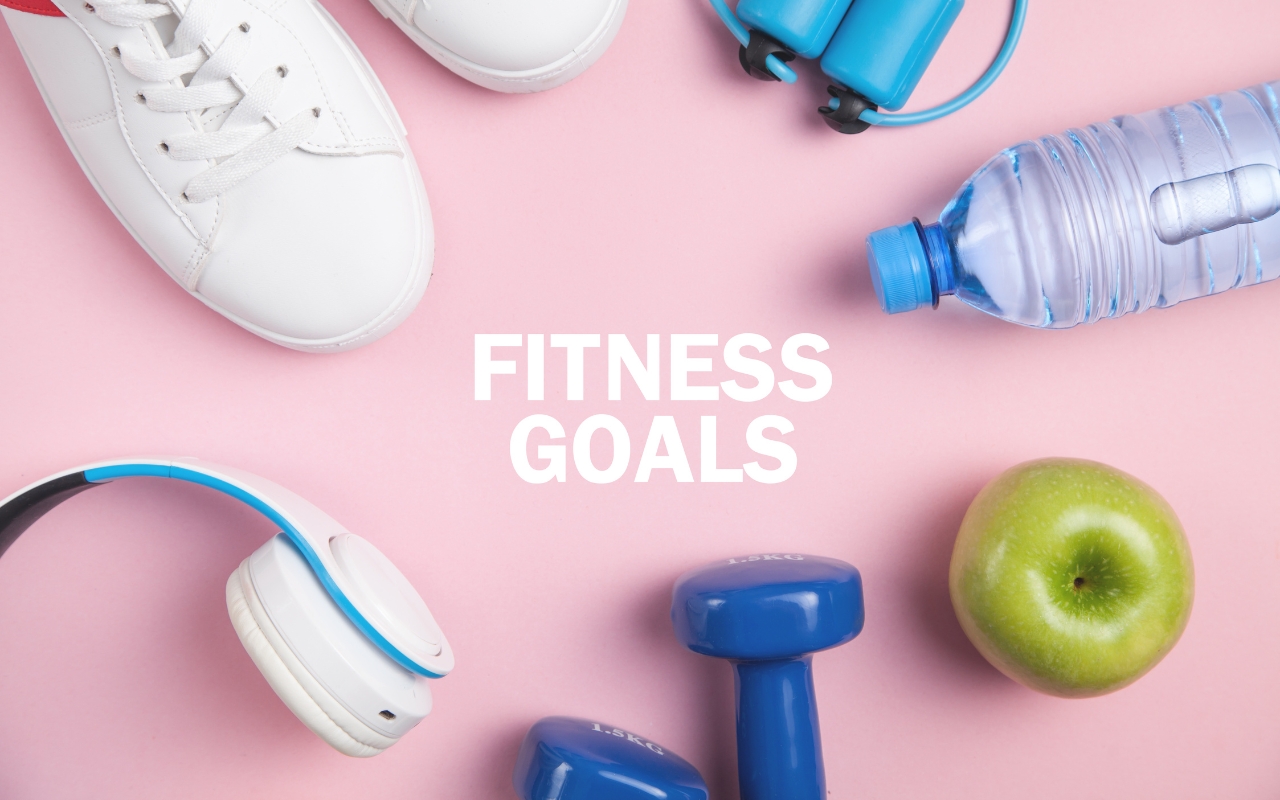Fitness
How do I set realistic fitness goals?
Published
2 years agoon
By
mbkteam
Achieving peak fitness is a journey that requires dedication, patience, and a clear strategy. Whether a beginner or a seasoned athlete, setting realistic fitness goals can transform your efforts into success. This article offers a comprehensive guide to setting and achieving fitness goals that are both ambitious and attainable, ensuring long-term sustainability and overall well-being.
Understanding Your Starting Point
Before embarking on any fitness journey, evaluating your current fitness level is crucial. This initial assessment serves as a foundation for crafting challenging yet achievable goals. Your fitness evaluation should encompass several key areas: endurance, strength, flexibility, and body composition.
Endurance reflects cardiovascular health and helps determine how long you can sustain physical activity. Simple tests, such as measuring your resting heart rate, can offer insights into your cardiovascular fitness. Lower resting heart rates generally indicate better fitness levels.
Strength is another critical component, indicating your muscular capabilities and how much force you can exert. A practical test for this is the plank test, where you hold a plank position for as long as possible. This tests your core strength and stability. Similarly, counting how many bodyweight squats you can perform in a minute can provide a snapshot of your lower body strength and endurance.
Flexibility gauges the range of motion available in your joints and muscles. Exercises such as dynamic stretching or yoga can help improve flexibility and reduce muscle tension.
Body composition measures fat versus lean muscle mass. Tools like body fat calipers or bioelectrical impedance scales can help assess this. Understanding where you stand in these areas helps you set goals that push your limits without straying into the unattainable. This personalized approach not only maximizes the effectiveness of your workout plan but also minimizes the risk of injury and burnout.
Setting SMART Fitness Goals
One of the most effective ways to set fitness goals is to use the SMART framework. SMART goals are Specific, Measurable, Achievable, Relevant, and Time-bound. This structured approach can help create a focused and realistic roadmap for your fitness journey.
Specific
Your goals should be clear and concise. Instead of a vague aim like “get fit,” specify what “fit” means to you. For a beginner, this might mean completing a 30-minute workout routine focusing on bodyweight exercises and strength training at least three times a week. By being specific, you create a clear target that guides your efforts.
Measurable
Quantify your goals to track progress effectively. This could involve setting a target for the number of workouts per week, the duration of each session, or the weight you aim to lift. For example, if you aim to increase your strength, you might aim to perform 20 push-ups in one minute.
Achievable
Ensure your goals are realistic and within your reach. If you're new to exercise, setting a goal to run a marathon in a month is less feasible than gradually increasing your running distance. Setting achievable goals prevents frustration and encourages consistent progress.
Relevant
Your fitness goals should align with your aspirations and lifestyle. If building muscle gradually is essential to you, tailor your workout and nutrition plan to support muscle growth. Goals relevant to your broader life objectives are more motivating and sustainable.
Time-bound
Set deadlines to hold yourself accountable. For example, aim to consistently follow your 30-minute workout routine for three months before reassessing. Having a clear timeline helps maintain focus and urgency in your efforts.
Developing a Personalized Workout Plan
Creating a personalized workout plan is essential for achieving your fitness goals while ensuring the process is enjoyable and aligned with your lifestyle. The foundation of a good fitness plan lies in understanding and catering to your unique needs, goals, and preferences.
Strength Training
If you aim to build muscle, prioritize strength training exercises that target major muscle groups using dumbbells, barbells, and bodyweight movements like squats, push-ups, and lunges. Strength training builds muscle and increases metabolic rate, which can aid in fat loss.
Cardiovascular Health
If improving cardiovascular health is your primary objective, incorporate a mix of aerobic activities and interval training into your routine. Aerobic exercises such as jogging, swimming, or cycling are designed to increase your heart rate and improve heart and lung health over time. Interval training, alternating between high-intensity bursts of activity and periods of lower intensity, can significantly boost cardiovascular efficiency and calorie burn.
Flexibility and Balance
A well-rounded workout plan also includes flexibility and balance exercises. Dynamic stretching, yoga, or Pilates can enhance flexibility, reduce muscle tension, and improve overall physical performance. Balance exercises can help prevent injuries and improve coordination.
Rest and Recovery
Balance is a critical aspect of a successful fitness plan. Structure your workouts to allow adequate time for recovery between sessions, especially after intense or strength-focused workouts. Rest days help your muscles repair and grow, preventing burnout and injuries.
Practical Tips for Staying Motivated
Maintaining motivation over the long term is one of the biggest challenges in achieving fitness goals. Here are some practical tips to keep your enthusiasm alive:
Celebrate Small Wins
Focusing on incremental progress rather than perfection can keep you motivated. Whether adding extra weight to your lifts or running a bit farther than last week, each small victory is a step towards your larger goal. Celebrating these wins helps maintain a positive outlook and reinforces your commitment.
Keep a Fitness Journal
Recording your workouts can provide a sense of accomplishment and clarity about your progress. Whether through written notes or voice memos, tracking your journey allows you to reflect on your achievements and identify areas for improvement.
Set “Movement Snacks”
Incorporate short bursts of activity throughout your day. These “movement snacks” can be as simple as taking a quick walk, doing a few squats, or taking the stairs instead of the elevator. These brief periods of movement can add up significantly over time, improving your overall fitness and mood. Learn more about the benefits of movement snacks.
Pair Exercise with Other Activities
Creating associations between exercise and other daily habits can help reinforce your fitness routine. For instance, you might do a set of push-ups whenever you make a cup of coffee. This strategy helps integrate fitness seamlessly into your daily life.
Inspirational Quotes and Visuals
Find a fitness goal quote that resonates with you and place it somewhere visible. Inspirational quotes can serve as daily reminders of your commitment and motivate you to keep going even on tough days.
Leveraging Professional Guidance
Consulting a certified personal trainer can be beneficial if you're having difficulty evaluating your fitness level or setting realistic goals. Professionals can provide expert guidance on creating a tailored fitness program and set markers to track your progress over time.
At facilities like Fit Club NY, trainers ask clients about various lifestyle factors, including prior fitness history, nutrition, and stress levels, to create a personalized workout plan. They may also conduct athletic tests to assess your baseline fitness level. This comprehensive approach ensures that your fitness plan suits your needs and capabilities well. Find more tips on setting realistic fitness goals.
Conclusion
Setting realistic fitness goals is an art and a science. By evaluating your starting point, using the SMART framework, and developing a personalized workout plan, you can create an effective and enjoyable fitness journey. Staying motivated through small wins, movement snacks, and professional guidance will help you stay on track.
Fitness is a personal journey, and your goals should reflect your unique aspirations and lifestyle. By following these principles, you'll be well on your way to achieving long-term success in your fitness endeavors. Embrace the journey with optimism and dedication, and the results will follow. Learn more about setting achievable fitness goals.













